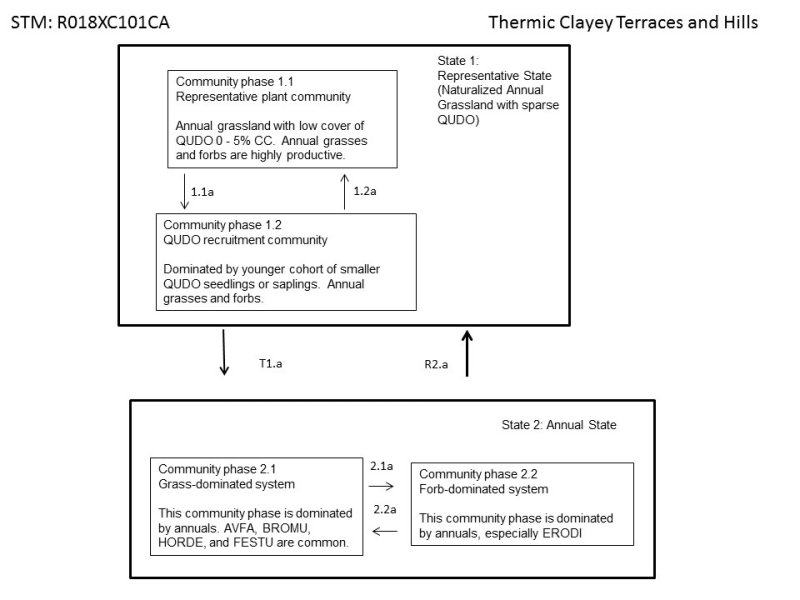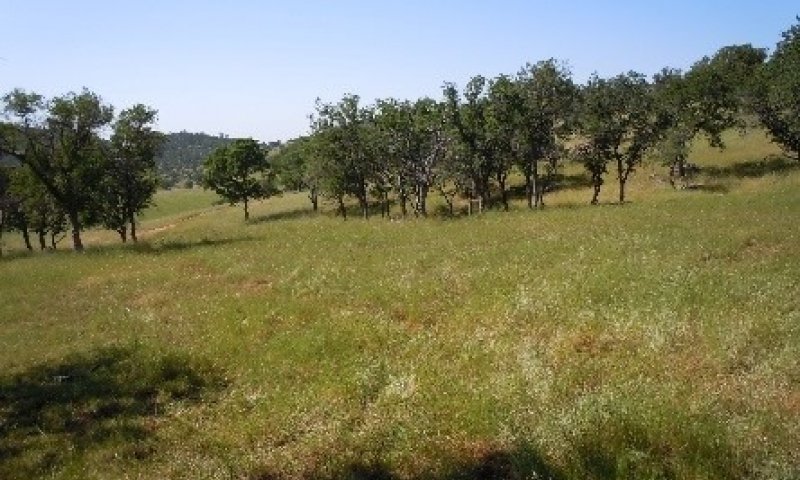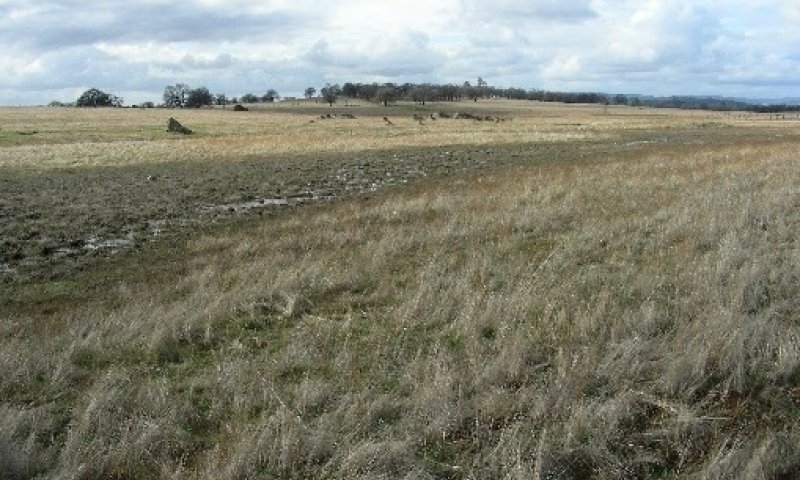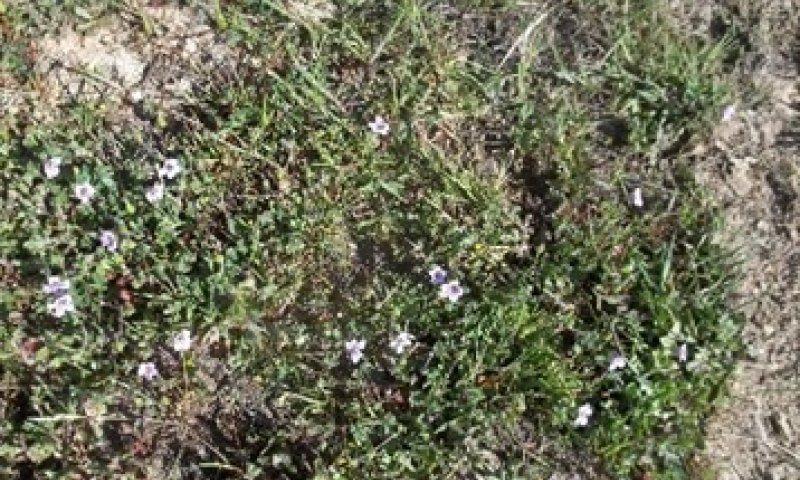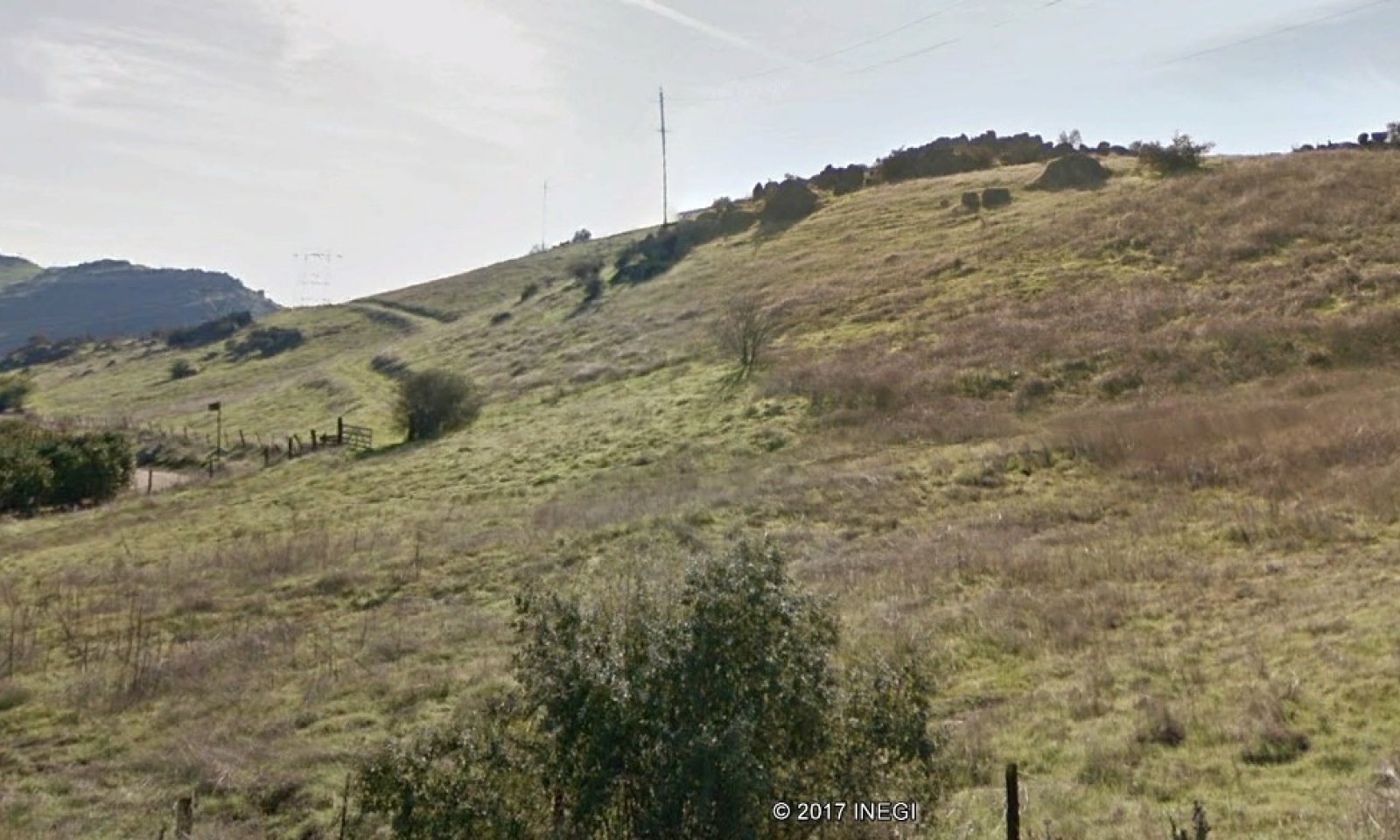

Natural Resources
Conservation Service
Ecological site R018XC101CA
Thermic Clayey Terraces and Hills
Last updated: 4/24/2024
Accessed: 12/07/2025
General information
Provisional. A provisional ecological site description has undergone quality control and quality assurance review. It contains a working state and transition model and enough information to identify the ecological site.
MLRA notes
Major Land Resource Area (MLRA): 018X–Sierra Nevada Foothills
Major Land Resource Area (MLRA) 18, Sierra Nevada Foothills is located entirely in California and runs north to south adjacent to and down-slope of the west side of the Sierra Nevada Mountains (MLRA 22A). MLRA 18 includes rolling to steep dissected hills and low mountains, with several very steep river valleys. Climate is distinctively Mediterranean (xeric soil moisture regime) with hot, dry summers, and relatively cool, wet winters. Most of the precipitation comes as rain; average annual precipitation ranges from 15 to 55 inches in most of the area (precipitation generally increases with elevation and from south to north). Soil temperature regime is thermic; mean annual air temperature generally ranges between 52 and 64 degrees F. Geology is rather complex in this region; there were several volcanic flow and ashfall events, as well as tectonic uplift, during the past 25 million years that contributed to the current landscape.
LRU notes
LRU 18XC is located on moderate to steep mountains and hills in the Sierra Nevada Foothills east of Fresno, CA. The major differences between the southern and northern foothills are the dryer climate (12 to 37 inches of annual precipitation), greater summer/winter temperature variation, and steeper topography of the southern foothills. The geology of this region is predominately granitoid. The elevation ranges between 300 and 4100 feet above sea level. Warmer temperatures and lower precipitation (than at higher latititudes) allow for blue oak grasslands to exist at higher elevations. The soil temperature regime is primarily thermic, however some mesic soils are found at higher elevations of 18XC. At these upper elevations, the break in soil temperature regime (between thermic and mesic) is highly aspect dependent. Southern and western aspects at the steep, high elevations promote chamise-yucca plant assemblages. Buckeye is common in the concave positions. Riparian trees that are generally absent from the northern LRU’s include California Sycamore (Plantanus racemosa) and lemon scented gum (Eucalyptus citriodora).
Classification relationships
CLASSIFICATION RELATIONSHIPS
This site is located within M261F, the Sierra Nevada Foothills Section, (McNab et al., 2007) of the National Hierarchical Framework of Ecological Units (Cleland et al., 1997), M261Fc, the Lower Granitic Foothills and M261Fd, Southern Granitic Foothills Subsections.
Level III and Level IV ecoregions systems (Omernik, 1987, and EPA, 2011) are: Level III, Central California Foothills and Coastal Mountains and Level IV, Ecoregion 6c, Southern Sierran Foothills.
Ecological site concept
This site is characterized by shallow to deep, fine-textured soils occurring on toeslopes and footslopes of hills, alluvial fans, and dissected terraces. These soils have high shrink-swell properties and can form in alluvium and residuum weathered from metavolcanic and igneous rock. Slopes typically range from 2 to 20%. Precipitation typically ranges from 12 to 20 inches per year, and elevation ranges from 550 to 1500 feet.
The overriding abiotic factors controlling vegetation expression on this site include high clay percent (40% or more) and smectitic mineralogy. These soil properties create conditions in which the soil is said to have a high shrink-swell capacity: swelling when wet and shrinking as the soil dries. This prevents the establishment of woody vegetation and lowers the productivity of range plants. Infiltration of water is limited; roots may not be able to exploit the entire profile depth due to seasonal cracking during drying cycles. Common soils correlated to this ecological site include Raynor (Fine, smectic, thermic Typic Chromoxererts) and Keefers (Clayey-skeletal, smectitic, thermic Mollic Haploxeralfs). These soils occur in relatively water-gathering positions and are likely to have more water passing through the soil profile than in Cibo soils occurring on very steep hills (as in R018XC102).
This vegetation community consists of annual grasses and forbs. Dominant plants include soft brome (Bromus hordeaceus), wild oat (Avena fatua), redstem stork’s bill (Erodium cicutarium), bur clover, (Medicago hispida), and ripgut brome (Bromus diandrus).
Associated sites
| R017XY902CA |
Duripan Vernal Pools This site commonly occurs nearby. |
|---|
Similar sites
| R018XC102CA |
Steep Thermic Clayey Shallow Site relationships being developed. |
|---|
Table 1. Dominant plant species
| Tree |
Not specified |
|---|---|
| Shrub |
Not specified |
| Herbaceous |
(1) Bromus hordeaceus |
Click on box and path labels to scroll to the respective text.
